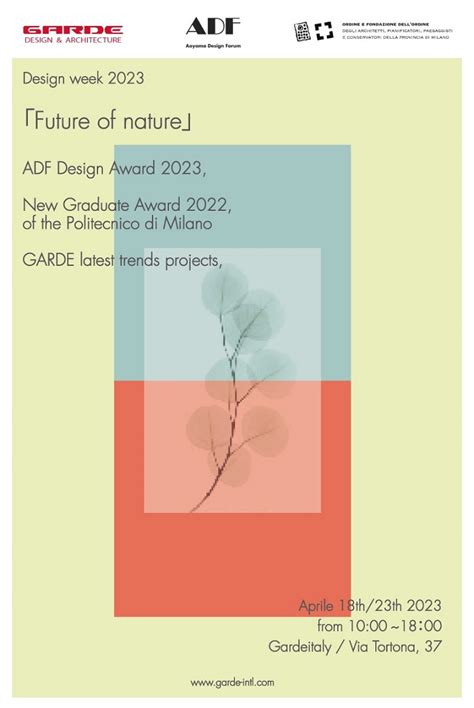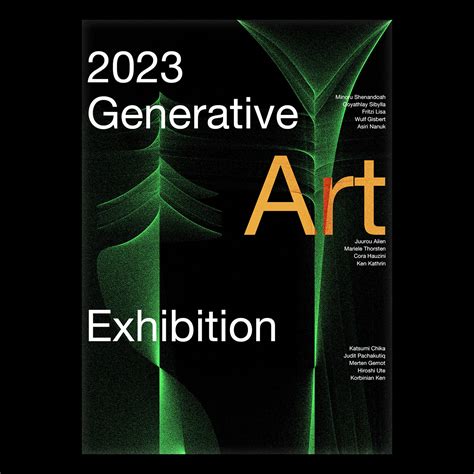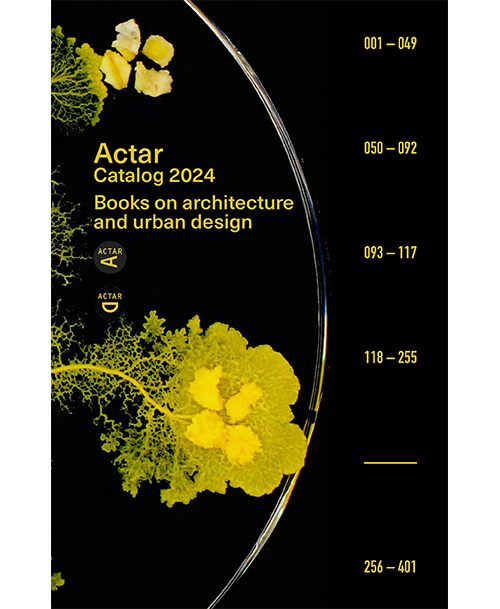Urban styles encapsulate the unique aesthetic and cultural expressions that define cities around the globe. From the vibrant street art of Berlin to the sleek architecture of Tokyo, urban environments continuously evolve, influenced by history, community dynamics, and global trends. This article delves into the multifaceted world of urban aesthetics, exploring how architecture, fashion, and music contribute to the identity of urban spaces. By examining the key elements that shape these styles and the cultural significance they hold, we gain insight into the ever-changing tapestry of city life and its future trajectory. Join us as we embark on this exploration of urban styles.
ritarblog.com will lead an exploration of this topic in detail.
1. Definition and Evolution of Urban Styles
Urban styles, unique aesthetic and cultural expressions found in cities, are shaped by their historical context, geographic location, and the diverse communities that reside within them. The evolution of these styles can be traced back to ancient civilizations, where cities were designed with specific cultural, religious, and functional purposes. As societies transformed and technology advanced, urban styles began to reflect contemporary values and lifestyles, showcasing the ever-changing nature of urban life.
The 19th and 20th centuries witnessed the rapid evolution of urban aesthetics, driven by industrialization and globalization. Architectural movements like Art Deco and Brutalism emerged, employing innovative materials and construction techniques to respond to the shifting social fabric. This evolution continues in the present, with urban styles shaped by global trends, environmental concerns, and the constant advancement of technology.
Modern cities showcase a fascinating blend of traditional elements and contemporary designs, creating vibrant and diverse neighborhoods that celebrate individuality and innovation. With growing interconnectedness, cities become hubs for the exchange of ideas and cultural practices, influencing urban aesthetics. This dynamic interplay makes the study of urban styles crucial for understanding the evolving cultural landscape of our time.

2. Key Elements of Urban Aesthetics
Urban aesthetics are built upon several key elements that combine to create a city’s unique visual and cultural identity. Architecture plays a prominent role, shaping the skyline and reflecting the city’s historical and cultural stories. From Gothic cathedrals to modern skyscrapers, architectural styles create a diverse visual tapestry that embodies the city’s evolution.
Public art, encompassing sculptures, murals, and installations, is another vital component in infusing urban environments with vibrancy. These artworks often serve as platforms to address social issues, celebrate local culture, or enhance public spaces, thereby fostering community engagement and dialogue.
Landscaping plays a vital role in creating a balanced and aesthetically pleasing urban environment. Parks and green spaces offer a natural contrast to the city’s concrete and steel structures, fostering well-being and recreational opportunities. The integration of sustainable design practices, like green roofs and urban gardens, further enhances the visual appeal while addressing environmental concerns.
Street furniture, lighting, and signage play a vital role in shaping the urban experience. They guide residents and visitors, influencing how they navigate and engage with their environment. These elements collectively contribute to a cohesive urban aesthetic, reflecting the city’s character and vitality. As a result, urban spaces become dynamic and continuously evolving environments.

3. Influence of Architecture on Urban Styles
Urban styles are deeply influenced by architecture, which acts as both a mirror reflecting cultural values and a sculptor shaping the city’s aesthetic. The design and construction of buildings not only define a city’s skyline but also determine its social interactions and cultural identity. Historical architectural styles, such as Romanesque, Gothic, and Art Deco, narrate a city’s past, showcasing the technological progress and artistic expressions of their respective eras.
Today’s cities are seeing architecture constantly change, driven by a focus on sustainability and new ideas. Modern designs often choose materials that are good for the environment and use energy wisely. This creates buildings that work well with nature while also meeting the needs of city life. This change is affecting urban styles by encouraging green buildings and public areas that bring people together.
Furthermore, the interplay between architecture and urban planning is essential in determining the character and functionality of cities. Mixed-use developments, for instance, promote pedestrian-friendly environments and social engagement, leading to a lively urban atmosphere. Architectural elements, like open plazas and community centers, enrich public life, nurturing a sense of community among citizens.
At its core, architecture acts as a fundamental component of urban styles. It directs the aesthetic and functional growth of cities, simultaneously mirroring the values and aspirations of the people who inhabit them.

4. Role of Street Art and Graffiti
Street art and graffiti are vital to urban style, injecting vibrancy and character into cityscapes. Often born from grassroots movements, these artistic expressions reflect the voices and experiences of local communities, offering a platform for social commentary and cultural representation. Murals, stencils, and tags transform dull urban spaces into colorful canvases, making art accessible to everyone.
Street art goes beyond mere aesthetics, serving as a catalyst for community engagement and dialogue. It frequently tackles social issues like inequality, identity, and environmental concerns, fostering a platform for discussion and reflection. By breathing life into neglected areas, these artworks attract visitors and boost local economies. Furthermore, street art challenges traditional perceptions of public space, transforming urban environments into dynamic and constantly evolving landscapes.
Street art and graffiti, increasingly embraced by cities, play a dual role: they elevate urban aesthetics and shape a city’s cultural identity. This makes them essential to the ongoing dialogue about urban styles and their importance in the modern world.
5. Impact of Fashion Trends in Urban Areas
Urban fashion is a powerful force that both shapes and reflects the unique cultural identity of cities. These dynamic hubs of creativity and diversity act as fertile ground for innovative styles, blending influences from diverse cultures, subcultures, and historical periods. Urban fashion goes beyond mere clothing; it encompasses a complete lifestyle, encompassing attitudes and expressions that resonate deeply with the urban community.
Streetwear, for instance, has become a leading fashion trend in numerous urban areas. Defined by its relaxed, comfortable designs, streetwear often draws inspiration from hip-hop culture and skateboarding. This style is deeply influenced by local designers, artists, and musicians, cultivating a sense of identity and community among residents.
Furthermore, urban fashion frequently reflects societal movements and cultural transformations. Designers leverage their influence to champion causes like inclusivity and sustainability. The increasing popularity of thrifting and upcycling highlights a heightened awareness of environmental issues and the desire for unique self-expression.
Urban fashion trends and city culture intertwine to form a dynamic tapestry, showcasing the distinctive character of each urban environment. This interplay impacts how both residents and visitors interact with their surroundings.
6. Urban Music and Its Cultural Significance
Urban music is a potent mirror reflecting the cultural tapestry of a city, capturing the multifaceted experiences and identities of its inhabitants. Genres like hip-hop, reggae, R&B, and electronic music frequently arise from urban settings, molded by the specific social forces and historical circumstances that define each location. These musical styles not only provide entertainment but also serve as vessels for conveying messages of hardship, strength, and collective identity, making them an essential part of the urban experience.
Urban music holds immense cultural significance, acting as a unifying force that bridges diverse backgrounds and fosters a sense of belonging and shared identity. Music festivals, local concerts, and street performances provide communal spaces where individuals can connect and share their stories. Moreover, urban music frequently intersects with other cultural expressions, such as fashion and street art, creating a comprehensive urban aesthetic that deeply resonates with the community.
Urban music is more than just entertainment; it is a vital cultural force that shapes perceptions of cities and influences tourism and local economies. By highlighting their neighborhoods, artists gaining recognition bring attention to both the challenges and the vibrant energy of urban life. This means that urban music reflects and contributes to the evolving narratives of city life.
7. The Intersection of Technology and Urban Living
The convergence of technology and urban life has dramatically altered the operation of cities and the ways in which residents interact with their surroundings. Technological advancements have paved the way for the emergence of smart cities, where digital solutions enhance urban infrastructure and contribute to an improved quality of life. Innovations such as intelligent traffic management systems, energy-efficient buildings, and mobile applications for public transportation simplify daily routines and minimize environmental impact.
Furthermore, technology has enabled wider access to information, empowering residents to engage more actively in community dialogues and projects. Social media platforms amplify local voices, facilitating the promotion of cultural events, street art, and urban music, thereby enhancing the city’s cultural tapestry.
Remote work technologies have transformed urban landscapes, allowing for flexible living arrangements and decreasing commuting demands. This technological shift has spurred cities to adapt, fostering a blend of innovation and urban life. This combination opens up new avenues for cultural expression, social interaction, and sustainable development, ultimately shaping the future of urban lifestyles.
8. Social Dynamics and Community Spaces
Urban styles are deeply influenced by social dynamics, especially through the development and use of community spaces. Parks, plazas, and public squares are essential gathering places where a variety of people come together, promoting social interaction and cultural exchange. These spaces encourage community engagement by providing venues for events, performances, and markets that showcase the unique identities of different urban neighborhoods.
The way community spaces are designed and how easy they are to use has a big impact on how people interact. When spaces are designed well, it encourages everyone to be involved and feel welcome. Smartly designed cities make sure there are plenty of parks and places for people to play and relax, so that everyone, no matter their age, can connect and spend time together.
Furthermore, these spaces often foster community initiatives, including local art projects and cultural festivals, which strengthen a sense of belonging and pride among residents. By facilitating collaboration and dialogue, community spaces enhance the aesthetic and cultural vibrancy of urban environments. This makes them crucial for understanding the complex connection between social dynamics and urban aesthetics.
9. Case Studies of Iconic Urban Styles in Major Cities
Studying the signature architectural styles of major cities offers a rich understanding of the diverse cultural expressions and visual identities that shape urban landscapes. Paris, with its Haussmannian architecture, distinguished by its graceful facades and expansive boulevards, exemplifies the city’s historical magnificence and enduring impact on urban design. The fusion of art, fashion, and culinary arts further cements Paris as a global cultural hub.
New York City, meanwhile, is the embodiment of urban energy. Its skyline, dominated by towering skyscrapers, speaks to its dynamism. The city’s diverse neighborhoods, from the vibrant street art of Bushwick to the chic boutiques of SoHo, form a rich tapestry of cultures and creative expression. This melting pot of ideas and experiences makes NYC a truly unique place.
Tokyo presents a captivating contrast of tradition and innovation. Ancient temples stand majestically alongside futuristic skyscrapers, symbolizing the city’s harmonious fusion of past and present. This blend is further reflected in Tokyo’s vibrant mix of pop culture, fashion, and cuisine, showcasing a seamless integration of history and modernity.
Finally, Berlin is notable for its experimental approach to urban living, characterized by a vibrant street art scene and a dedication to sustainability. These examples demonstrate how architecture, art, and community intertwine to craft unique urban styles that connect with their residents.
10. Future Trends in Urban Styles and Cultural Shifts
As cities continue to evolve, future urban styles will likely reflect the shifting cultural values, technological advancements, and environmental considerations of the time. One significant trend is the growing emphasis on sustainability and eco-friendly design. Urban planners and architects are focusing on creating green spaces, implementing energy-efficient buildings, and promoting public transportation, leading to cities that prioritize environmental health and resilience.
Technology integration will continue to shape urban design, as smart city initiatives improve connectivity and accessibility. Augmented reality, urban data analytics, and automated systems will revolutionize how residents interact with their surroundings, leading to a more integrated and responsive urban experience.
The increasing prevalence of remote work is anticipated to transform urban landscapes, fostering the emergence of mixed-use neighborhoods that accommodate both residential and commercial activities. This shift has the potential to create more lively community spaces that foster social interaction and cultural exchange.
Globalization and diverse populations are driving cultural shifts that will profoundly influence urban aesthetics. Cities will embrace multiculturalism through public art, fashion, and cuisine, weaving a vibrant tapestry of styles. These future trends will collectively transform cities into dynamic, inclusive spaces that mirror the aspirations and identities of their residents.
In conclusion, urban styles are a reflection of the dynamic interplay between architecture, art, fashion, music, and community engagement. As cities continue to evolve, the integration of technology, sustainability, and cultural diversity will shape their aesthetics and social dynamics. By understanding these elements, we gain insight into the unique identities of urban environments and their cultural significance. Ultimately, exploring urban styles not only enriches our appreciation of city life but also encourages us to envision vibrant, inclusive futures that celebrate the diversity and creativity inherent in urban living.
ritarblog.com

